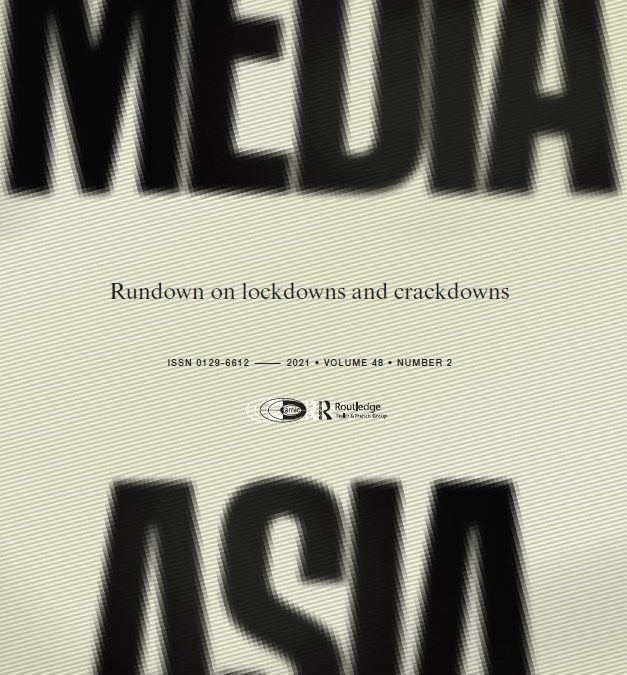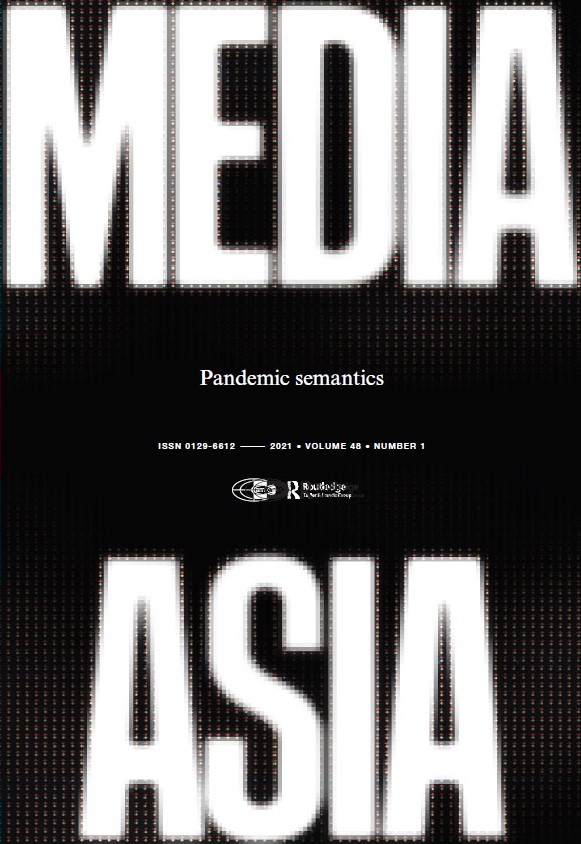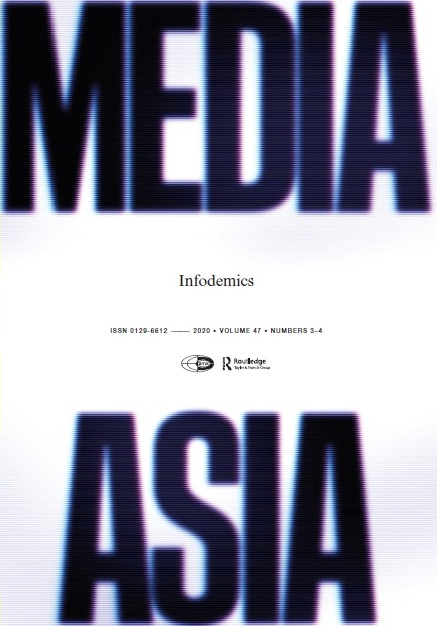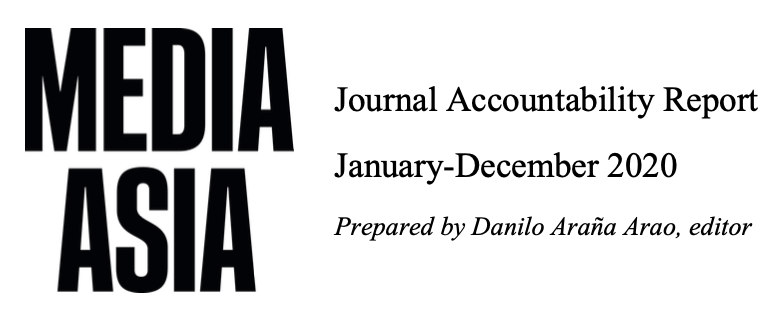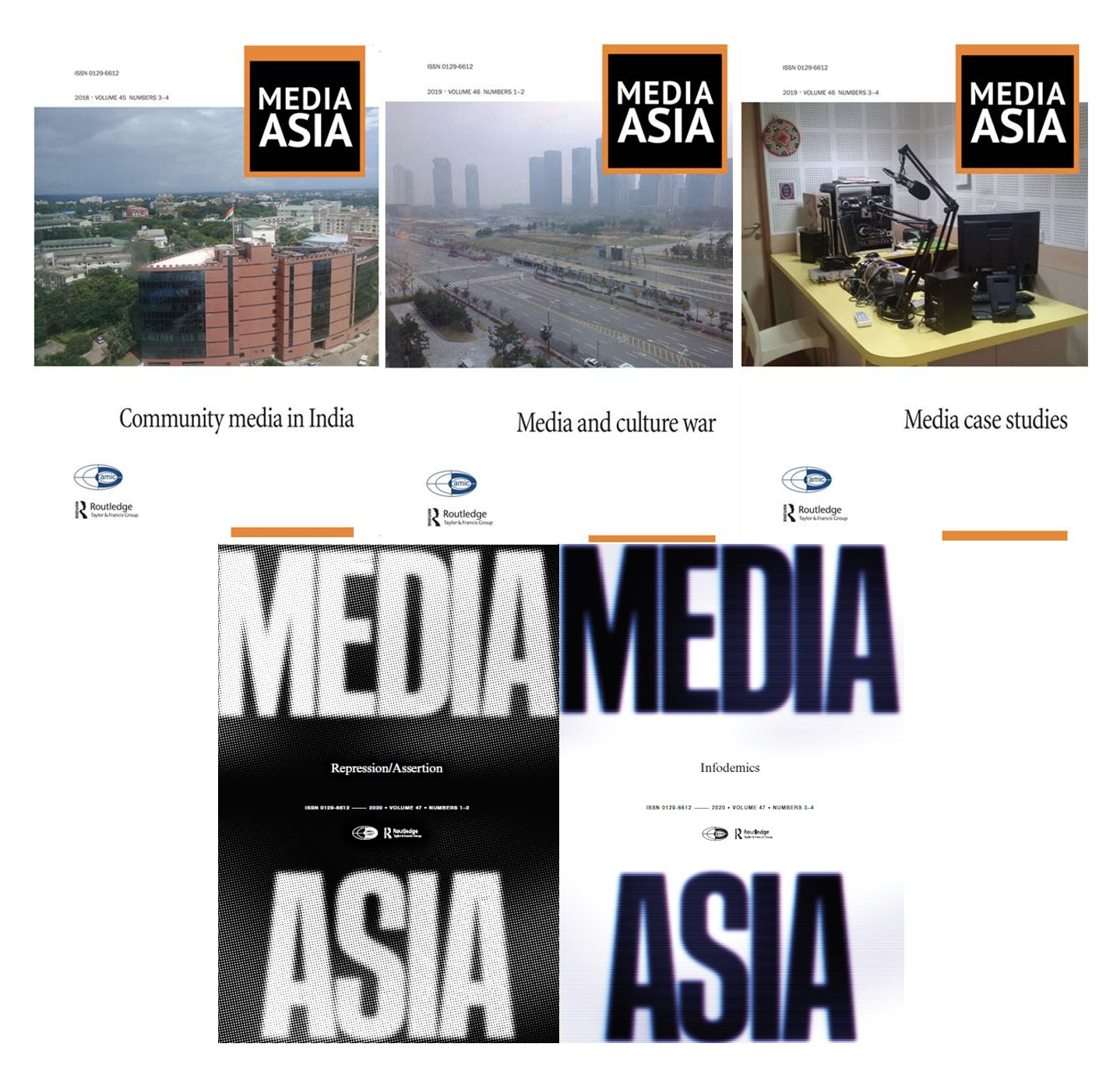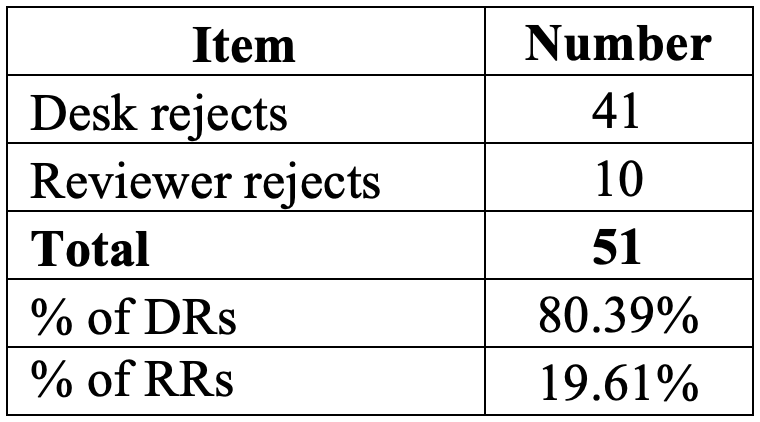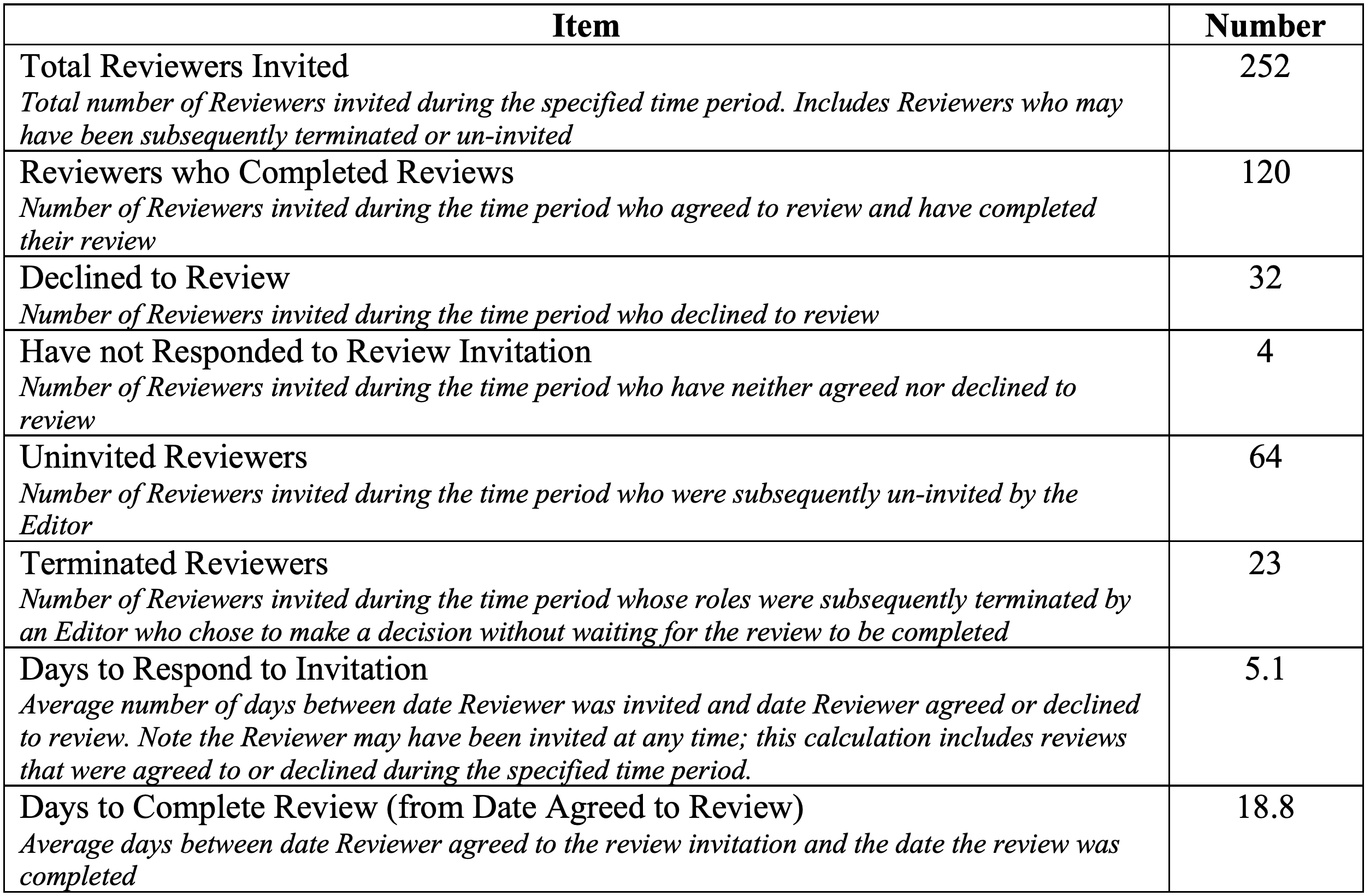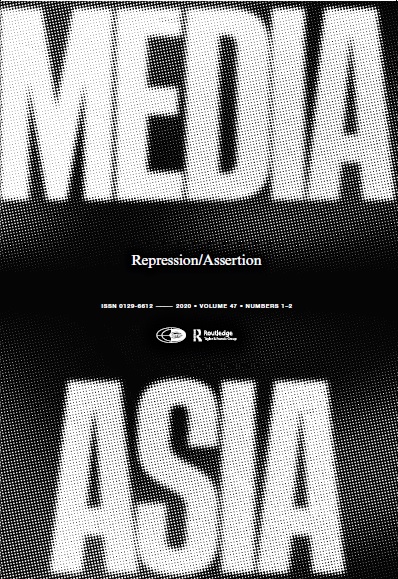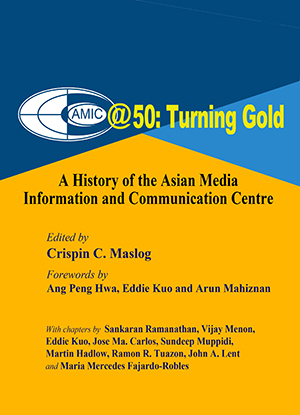
Latest AMIC Publications
Latest AMIC Publications

AMIC@50: Turning Gold
A History of the Asian Media Information and Communication Centre (AMIC)
Finally, we have a history of Asia’s oldest association of media communication educators, scholars, and practitioners. AMIC was founded in Singapore in 1971.
The book narrates the founding of AMIC by the first secretary-general Lakshman Rao and the contribution of succeeding SGs—P.R. Sinha, Vijay Menon. Jose Ma. G. Carlos, Indrajit Banerjee, Sundeep R. Muppidi, Chi Chi F. Robles, Martin Hadlow, and Ramon R. Tuazon. American scholar John Lent contributed an epilogue. Forewords were written by Eddie C.Y. Kuo, Ang Peng Hwa, and Arun Mahizhnan.
It is edited by Crispin C. Maslog, current AMIC chair of the board, who is one of two surviving members of the travelling seminar. The book is informative and loaded with historical facts, but is easy to read and illustrated with pictures.
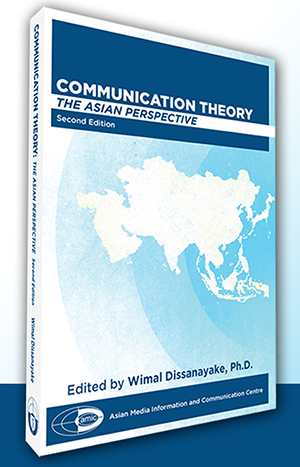
This 2021 edition of COMMUNICATION THEORY THE ASIAN PERSPECTIVE published by AMIC is now available. The book’s editor, Dr. Wimal Dissanayake, asks and answers key questions: 1) Why is it important to direct our attention to Asian approaches to communication research and theory? 2) In what ways does research into Asian communication theories offer challenges to the ruling intellectual cartography of communication studies? 3) What progress have we made so far in Asian communication research and theory and what is its significance and impact? 4) What are some of the obstacles and challenges we still are likely to encounter? and 5) In what ways can we productively overcome these challenges?

2023 AMIC Annual Conference Book of Abstracts in now available at https://amic.asia/wp-content/uploads/2024/08/AMIC-29th-Book-of-abstracts2.pdf

2021 AMIC Annual Conference Book of Abstracts is now available at https://amic.asia/wp-content/uploads/2022/08/AMIC-BOOK-OF-ABSTRACTS-2021.pdf. It contains 124 abstracts of 167 papers presented during the conference with the theme, Science Communication: Managing the Now and the Future.
The book will be useful for communication educators, researchers and students as reference for ongoing research or as leads to future research studies.

